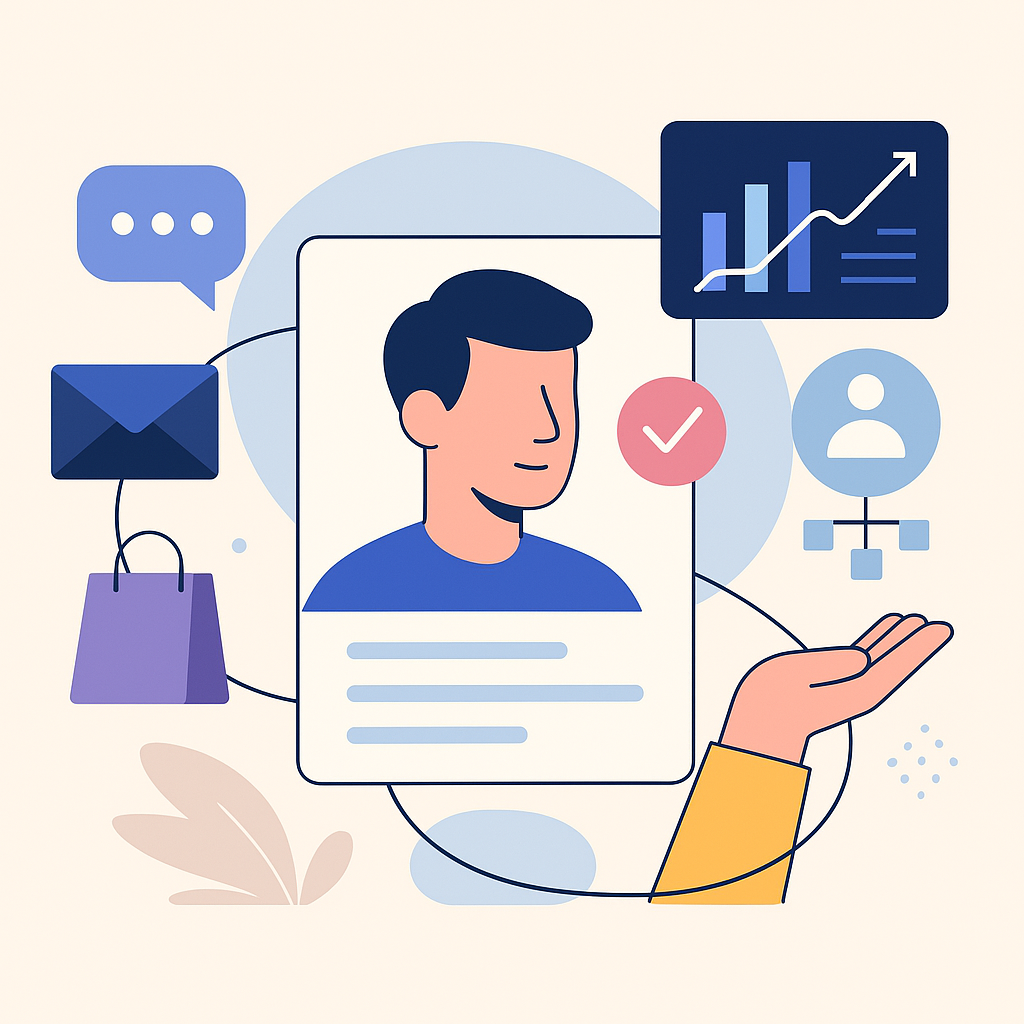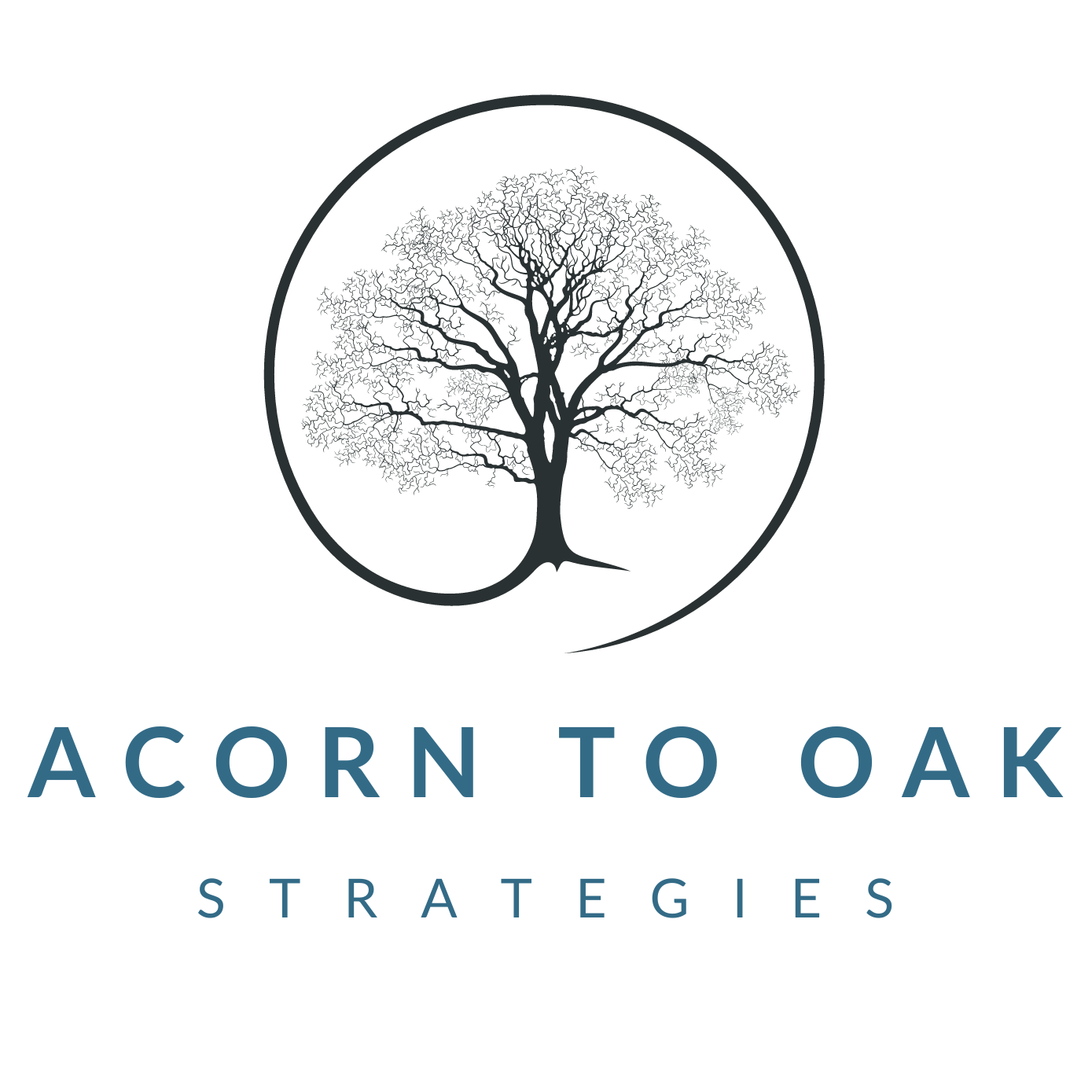Sales Enablement: Cold Email Is Just the Start—Where Deals Actually Close
“If you're running cold email and getting meetings booked, but those calls aren’t turning into clients, the problem isn’t outreach—it’s what happens next. Let’s talk about why sales enablement makes all the difference.”
Let’s be real: getting someone on a call is a win.
But turning that call into a client? That’s the game-changer.
And if you’re here, you’ve probably figured out the first part. You’ve nailed your cold email strategy. You’re personalizing, you’re getting opens, you’re booking meetings.
But then...
You hop on the call.
It feels good.
You vibe.
You share stories.
Maybe there’s a laugh or two.
And then... crickets.
No follow-up. No deal. No revenue.
So what’s happening?
The Real Problem Isn’t Outreach—It’s What Comes After
Here’s the thing: outreach is just the beginning.
The real sales magic happens after that initial “yes.” And too many businesses stop just when it’s getting started.
We see it constantly: Teams pour time and energy into building the perfect outbound campaigns—A/B testing subject lines, playing with call-to-actions, building lead lists—and they finally start getting meetings.
But once they’re in the room (Zoom or otherwise), there’s no game plan. No sales process. Just a nice chat.
And nice chats don’t close deals.
Why Should You Care?
Because every single “nice chat” that doesn’t convert is leaking revenue.
You already did the hard work to generate interest. But if you don’t have a clear process for moving the conversation forward, you’re leaving opportunity on the table—every single time.
If your calendar is full but your pipeline is dry, it’s not a lead issue.
It’s a conversion issue.
And that’s where sales enablement steps in.
What Sales Enablement Actually Means
Sales enablement isn’t about cramming your team with scripts or turning them into robots.
It’s about equipping your sales conversations with the right tools, frameworks, and momentum to move things forward.
You need a structure that supports flow, not stifles it.
Because here’s the thing: outreach gets attention. Sales enablement closes deals.
Common Pitfalls: Where Most Calls Go Off Track
Let’s get specific.
Here’s what we see all the time (and maybe you’ll recognize this):
A meeting gets booked.
You get on the call. There’s chemistry, shared pain points, and similar values.
You talk about what you do. They talk about what they need.
The call ends with… “Let’s stay in touch.”
Sound familiar?
No urgency.
No financially framed questions.
No agreed-upon next step.
That’s not a sales process. That’s networking. And unless you're running a co-working club, that will not pay the bills.
The 3 Fixes That Change Everything
To shift from booked calls to closed deals, you don’t need more meetings—you need better structure inside those meetings.
Here’s what we coach and implement at Acorn to Oak:
1. Frame the Call from the Start
Set expectations right away.
Let them know this isn’t just a “let’s see what happens” call. It’s a strategy conversation, designed to find real alignment and see if there’s a path forward.
That kind of positioning earns trust—and filters out tire-kickers fast.
2. Uncover Real Pain with Financially Framed Questions
Forget the surface-level stuff.
Ask questions that dig into actual business pain—and tie it to numbers.
For example:
- How much does that problem cost you per quarter?
- What’s your revenue goal for this quarter—and what happens if you miss it?
- If this issue doesn’t get solved in the next 60 days, what’s the downstream impact?
These questions do two things:
- Build urgency
- Reframe yourself as someone who solves real problems, not just another vendor.
3. Push for the Next Step
Here’s the golden rule: never leave a call without a next step.
Whether it’s a follow-up demo, a proposal review, or looping in another stakeholder, make sure there’s clear momentum.
If they say, “I need to think about it,” your reply should be:
“Great—let’s lock in a quick check-in for Thursday to go over any questions that come up.”
Own the follow-up. Don’t leave it floating.
Still Struggling to Convert?
Here’s what we want you to hear loud and clear:
If you’re generating interest but struggling to convert, it’s not a lead issue—it’s a process issue.
Your outreach is working. Now it’s time for your sales enablement to step up.
Because no matter how good your cold email game is, deals don’t close in the inbox—they close in the call.
And if you don’t have a process that turns conversations into contracts, you’re stuck spinning your wheels.
Ready to Close More Deals?
If your team’s booking meetings, but the deals aren’t landing...
Drop “CALL” in the comments.
We’ll send simple, actionable insights to help you turn good conversations into revenue.
Let’s stop celebrating booked calls and start celebrating closed deals.
Ready to work with Acorn to Oak Strategies?
Let's connect! We’re here to help.
Send us a message and we’ll be in touch.
Or give us a call today at 865-226-9446
Agency Contact Form
More Marketing Tips, Tricks & Tools
The AOS Blog











